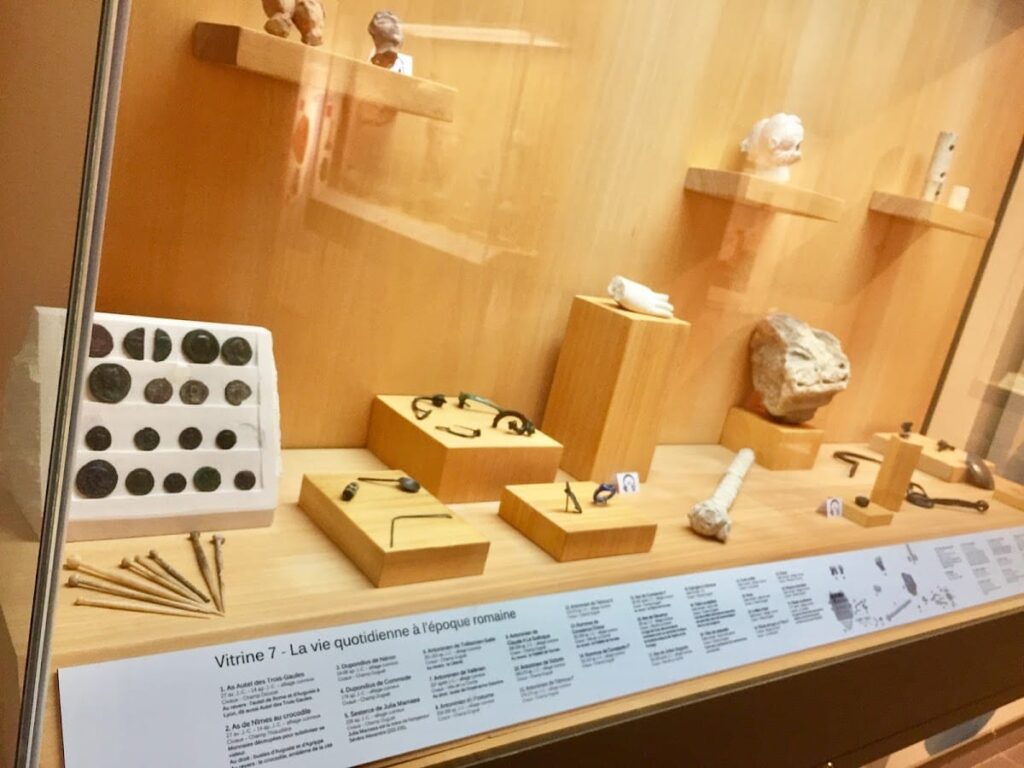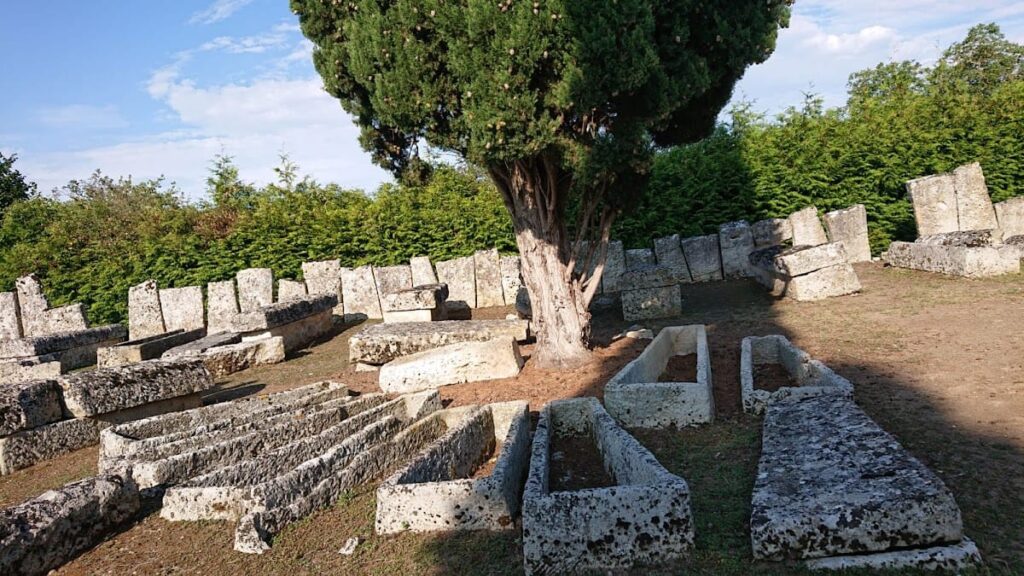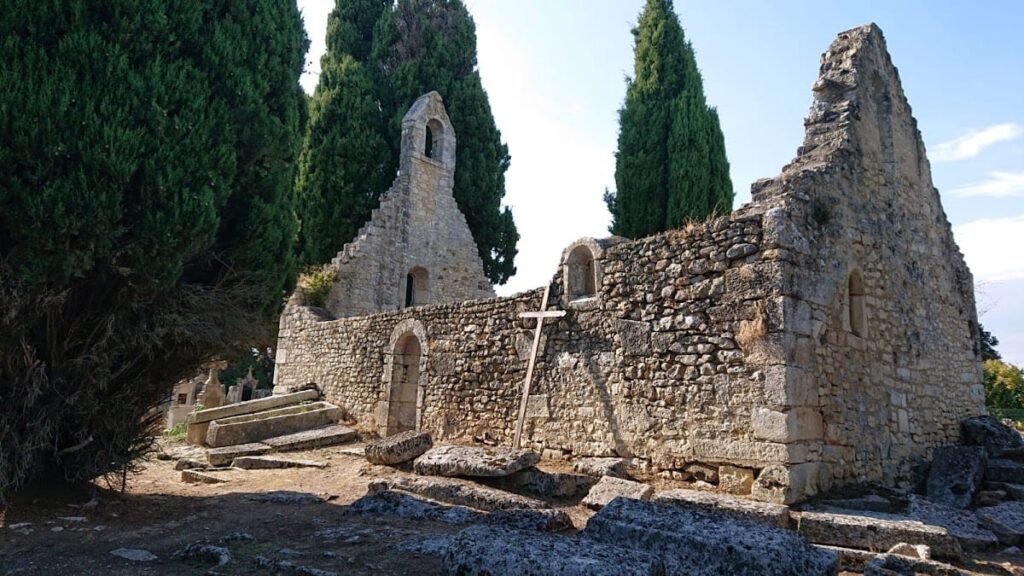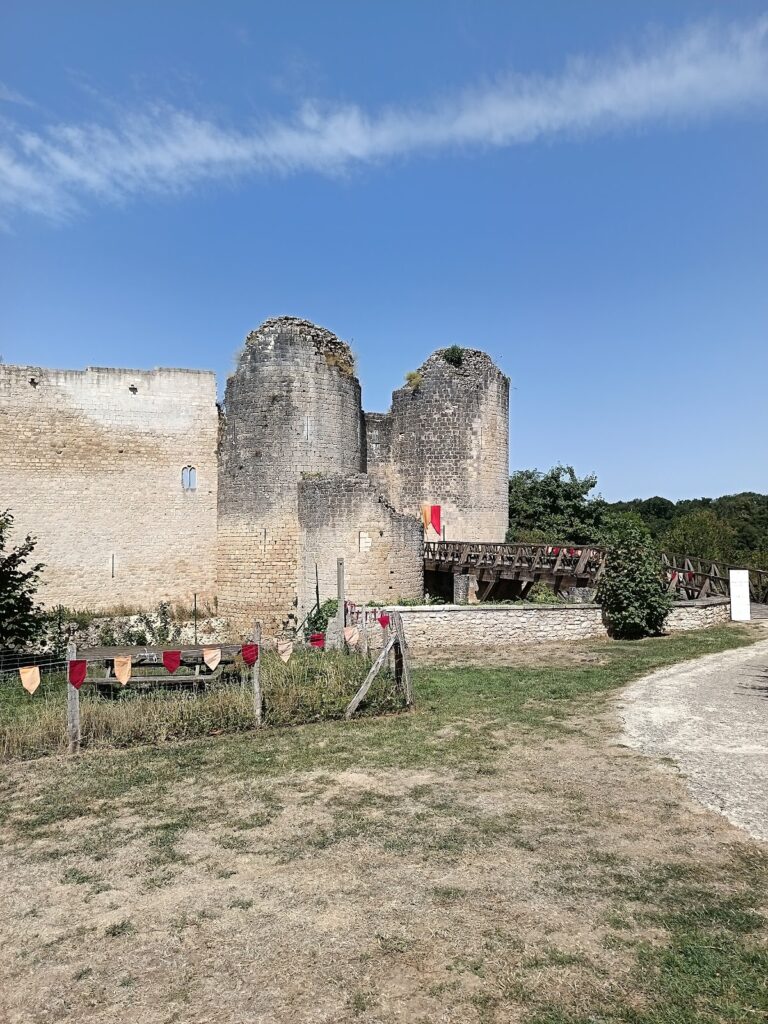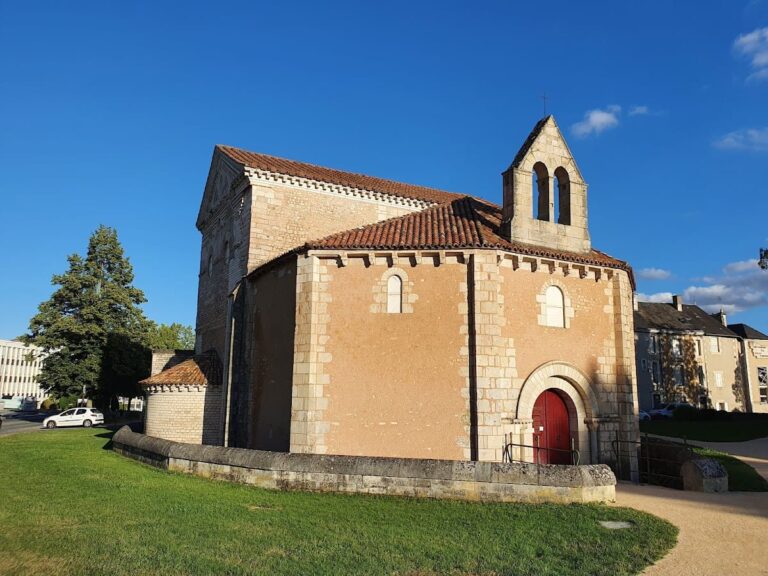Archaeological Museum of Civaux: A Gallo-Roman Site in Western France
Visitor Information
Google Rating: 4.4
Popularity: Very Low
Google Maps: View on Google Maps
Official Website: www.musee-civaux.fr
Country: France
Civilization: Roman
Remains: Museum
History
The site of Civaux, in the Vienne valley of western France, preserves evidence of continuous occupation from prehistory through the Middle Ages. Archaeological remains show that the valley was already inhabited in the Middle Paleolithic, around 200,000 years ago. During the Bronze and Iron Ages, the area developed into one of the largest protohistoric necropolises in France, with more than thirty funerary monuments, fortified enclosures, and scattered settlements. Finds from this period include decorated ceramics and weapons associated with Gallic warriors.
In the Roman period Civaux functioned as a vicus (rural town), with sanctuaries, a theatre, and a substantial villa estate devoted to viticulture. Local pottery production was important, particularly the so-called “sponge” ceramics of the 3rd and 4th centuries, which were traded as far as Britain. Funerary evidence is abundant, with two necropolises yielding stelae, urns, vessels, and children’s toys that illustrate daily life and ritual.
Christianity reshaped Civaux in late antiquity and the Merovingian era. From the mid-6th century the town possessed a church and baptistery, alongside extensive burial grounds. The Merovingian necropolis, one of the largest of its kind in France, contained several hundred sarcophagi, some still in place, with covers famously set upright to form a monumental enclosure. Grave goods such as brooches, rings, and an exceptional decorative applique of eastern origin highlight the connections and prestige of the community. Although Civaux’s prominence declined after the year 1000 in favour of neighbouring baronial centres, its early medieval remains remain unusually well preserved.
Remains
The museum of Civaux presents this long history through a series of themed galleries and reconstructed gardens. The archaeological collections emphasise the Roman and Merovingian periods, displaying artefacts from necropolises, religious buildings, and craft workshops. Objects range from pottery and household items to weapons, jewellery, and sarcophagus fragments.
Two gardens complement the displays and anchor them in their historical context. The Roman garden, established in 2016, recreates plantings typical of provincial estates with aromatic, medicinal, dye, and ornamental species. The Merovingian garden, added in 2019, integrates similar categories of plants within a setting framed by sarcophagi from the local cemetery, evoking the spiritual landscape of the early medieval town.
Key visible remains in Civaux itself include the early medieval church with its baptistery, the parish cemetery with stone sarcophagi, and the large necropolis enclosed by upright sarcophagus lids. Together with traces of Roman sanctuaries, the theatre, and the villa complex, they illustrate the long continuity of settlement in the valley.
